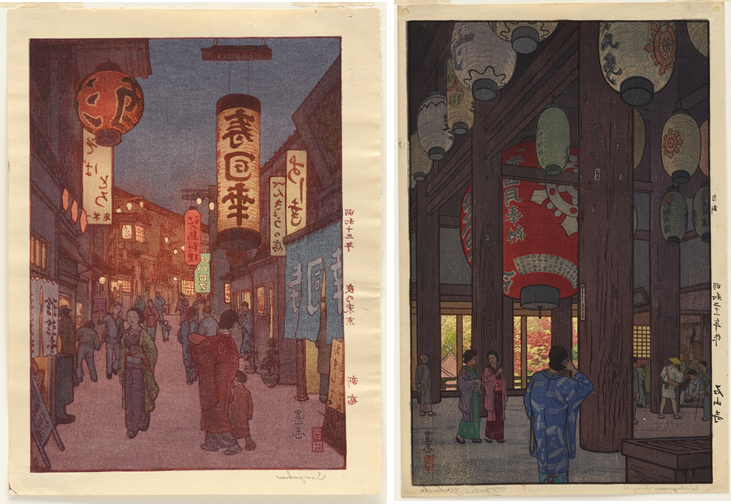As the closing date for the exhibition For a Dreamer of Houses approaches, I can’t help but reflect on how timely, vibrant, and meaningful the show has been to those who have experienced it. The exhibition was originally set to open in March 2020, an opening that was never realized due to the pandemic. The timing was poignant and somewhat surreal—here we have a show about the significance of one’s home coming to fruition during a time of socially distanced shutdown, when all of us were becoming significantly more familiar with the spaces we inhabit. During that time, we launched a virtual tour of the exhibition, which allowed audiences from near and far to explore the contents of the show and think about how they relate to our present experiences, how our spaces reflect ourselves, and what our spaces and the everyday objects within them mean to us. The themes hit close to home, so to speak.
The exhibition finally opened in person along with the rest of the DMA in August 2020. We welcomed you home to your city’s museum—home to this special exhibition of contemporary art—after all of us spent months in our own homes. With fresh perspectives, you, our visitors, made magic happen as you ventured out and became part of the art. Here’s a look back at what you experienced.
The colorful energy of Alex Da Corte’s unmissable Rubber Pencil Devil:
The whimsy of the Drawers, Chests, and Wardrobes section, featuring works by Olivia Erlanger, Robert Pruitt, and Sarah Lucas:
The awe-inspiring immersion of Francisco Moreno’s Chapel:
The intimate materials of Janine Antoni’s Grope:
The delicate beauty of Do Ho Suh’s Hub, 260-10 Sungbook-dong, Sungbook-ku, Seoul, Korea:
. . . and much more.
There’s still a bit of time left for you to visit For a Dreamer of Houses before the exhibition closes on July 4, 2021. Be sure to book your visit soon and make yourself at home.
Hayley Caldwell is the Social Media and Content Manager at the DMA.



























































